20 Ways to Lose Body Fat Really Fast From Top Nutritionists and Trainers
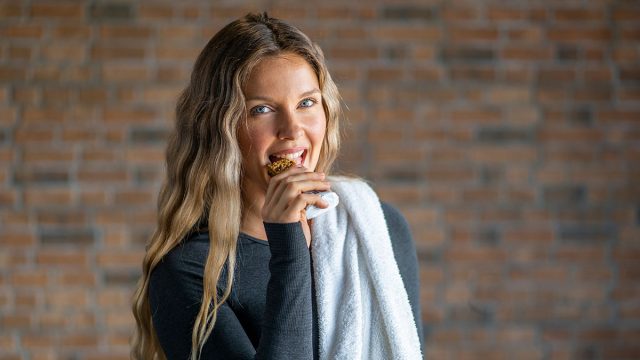
Do you want to get fit fast? If you are trying to lose body fat in time for summer, get ready to change some of your lifestyle habits. Body Network compiled tips and tricks from nutritionists, trainers, and other health experts to help you get into the best shape ever. Here are 20 ways to lose body fat really fast.
Meal Prep
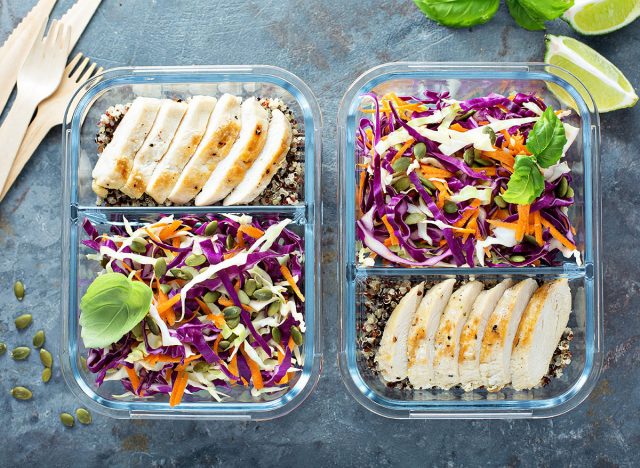
Nutritionists and weight loss experts, including Samuel Emmanuel Dickerson Jr (@betterforyoursociety) recommend meal prepping for fat loss. In one video he explains that you should cook your protein, veggies, and carbs in bulk for the week.
Combine Protein, Vegetables, and Carbs
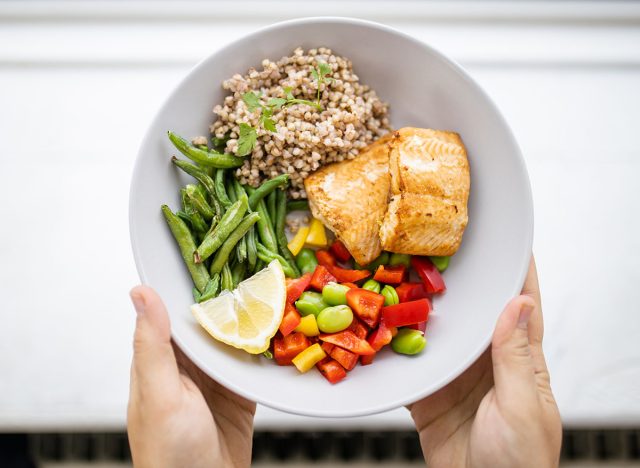
Dickerson also recommends keeping meals to an easy ratio. "For each meal, eat 5 to 8 oz of protein, vegetables, and a small serving of carbs," he says.
Snack Healthy
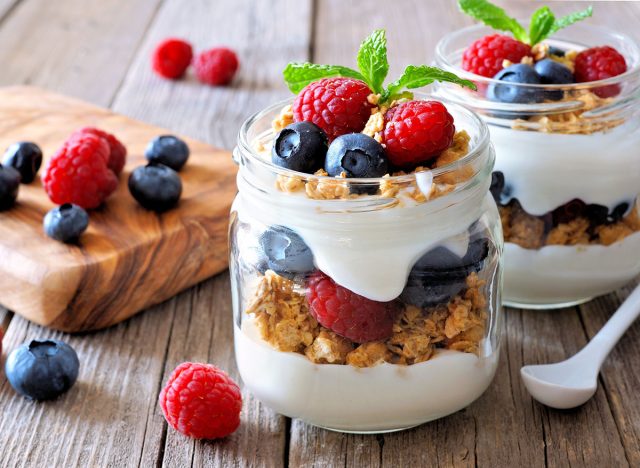
Yes, you can snack your way to fat loss. However, keeping healthy snacks on hand to fuel your body instead of adding calories is the way to go. "Keep healthy snacks available like fruit, protein bars, greek yogurt, etc," Dickerson says.
Write Down Everything You Eat
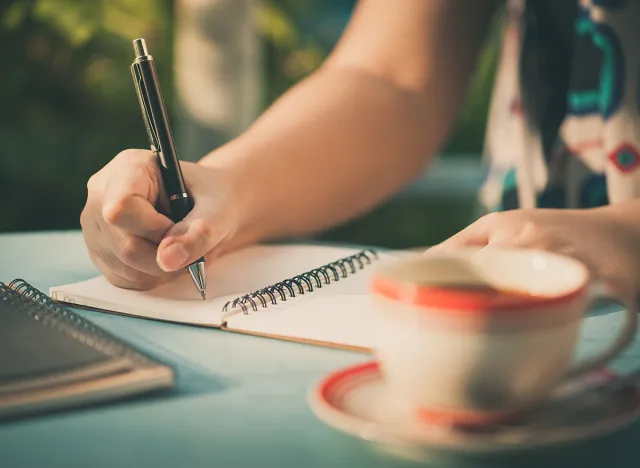
Chris McMahon, a nutrition and fitness coach, recommends writing down everything you are eating so you can take an honest look at your diet. "You don't even have to track calories, but actually write down everything that you are eating, even liquids," he tells Body Network.
Take a Thorough Analysis of Your Diet

Once you have written everything down, including condiments, cooking sprays, oils, and even what you eat off your kids plate, do a thorough analysis. "All of those little things stack up," he points out. For example, if you have two coffees a day with half-and-half, "there's a huge portion of calories," he says. "Just to be honest with yourself and figure out what you're actually consuming."
Stay in a Caloric Deficit
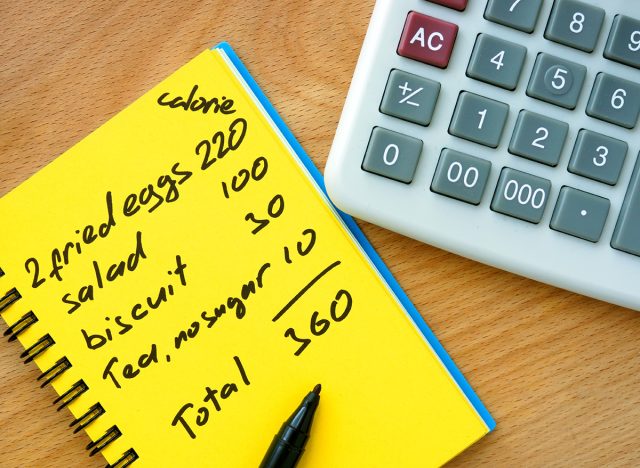
You have to burn more than you take in to lose weight. "The best way to actually shrink your stomach would be to be in a consistent calorie deficit," McMahon adds. "There's no way around it. People say that diets don't work. That's not true."
RELATED: I Lost 60 Pounds in 16 Months with EMS Workouts and Ditching Nachos
Amp Up Your Protein Intake
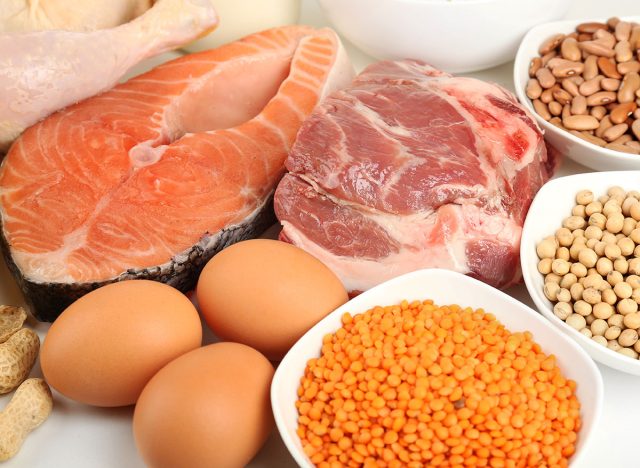
Jason Kozma, aka Mr. America recommends following a high-protein diet. "Protein feeds the metabolic rate and helps you to feel full and satisfied from meals," he explains. Some experts recommend about 0.8 to 1 gram of protein per pound of body weight, while some suggest using your goal body weight in the calculation.
Strength Training
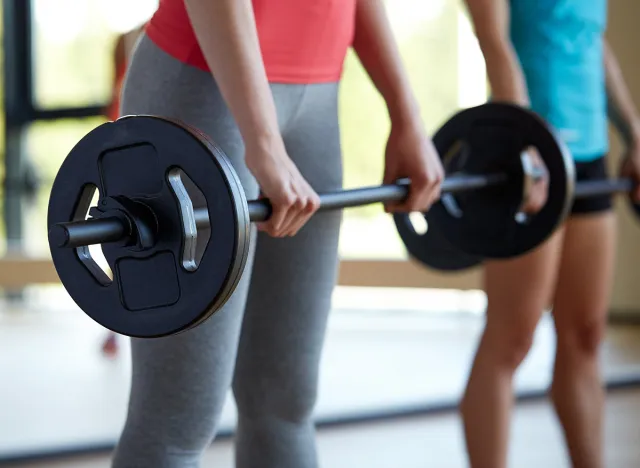
When it comes time to exercise, focus your energy on strength training, which will help you burn fat fast and also aid in future fat loss. "The base of your workout routine should be resistance training. It builds lean muscle mass, which increases your metabolic rate," Kozma says. According to the Mayo Clinic, strength and weight training help reduce body fat, preserve and increase lean muscle mass, and burn calories more efficiently. Strength training may also help you:
- Develop strong bones
- Manage your weight
- Enhance your quality of life
- Manage chronic conditions
- Sharpen your thinking skills
HIIT Workouts
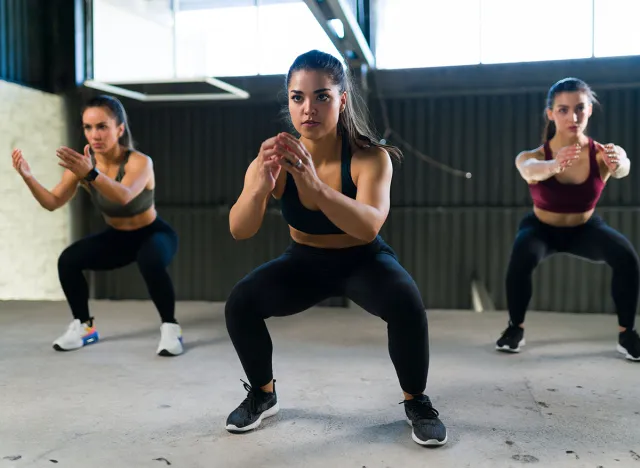
He also recommends HIIT workouts for blasting fat fast. "High-intensity interval training (HIIT) burns more energy in less time when you are short of time," Kozma says. There is a lot of research backing up the benefits of HIIT workouts, including body fat reduction, improved cardiovascular function, and mental health. It is also time effective.
Cardio
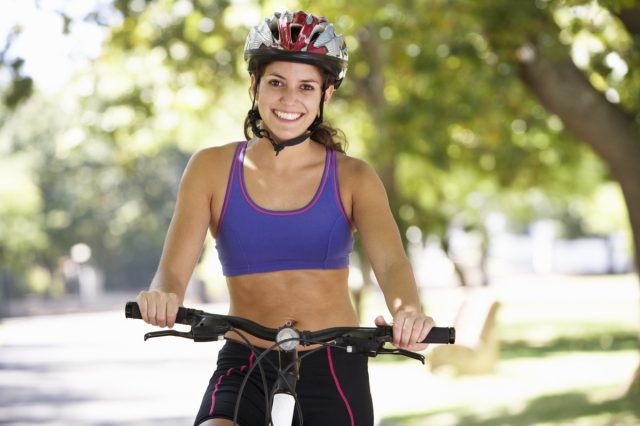
Kozma also recommends amping up cardio workouts, says Kozma. "If you have significant fat to lose you need to add cardio exercise like running, cycling, or swimming to burn fat and improve cardiovascular health," he explains.
RELATED: 20 Incredible Ozempic Success Stories of All Time
Time Your Meals
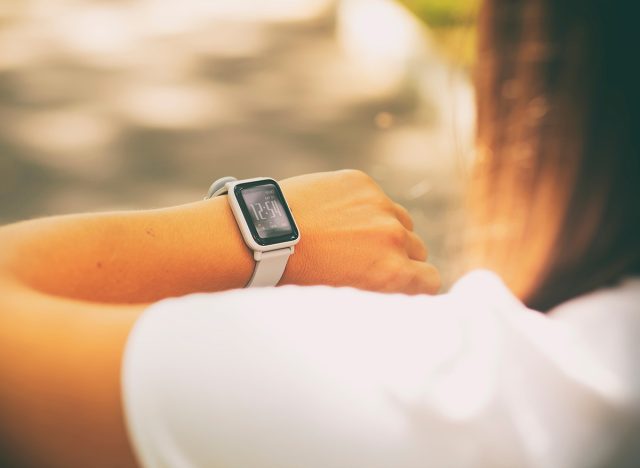
If you want to burn fat fast, time your meals accordingly. "Eat at least 30 grams of protein within 30 minutes of waking and space meals 3 hours apart to radically speed up your metabolism," instructs Kozma. "Don't eat within 3 hours of going to sleep."
Avoid Processed Foods
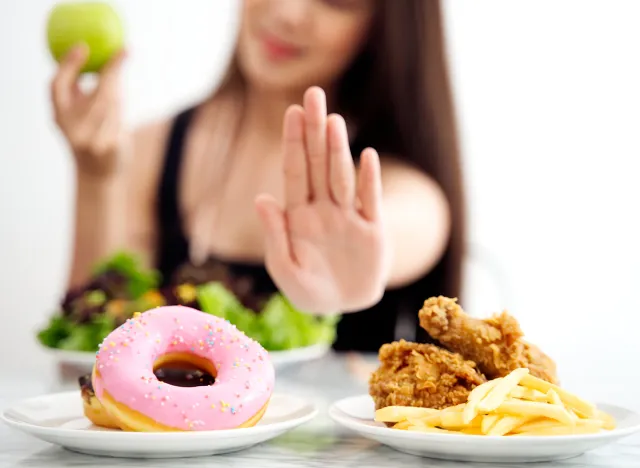
"Use natural foods rather than food in packages," instructs Kozma. "Avoid packaged and ready made foods. Minimize your intake of processed foods, sugary snacks, and sugar-containing beverages," he says. "Your body doesn't recognize them as food and stores them as fat."
Aim for 7 to 9 Hours of Sleep

You can even accelerate fat loss in your sleep. "Most people need 7 to 9 hours of sleep to support optimal hormone function, muscle and bone repair, mental acuity, and metabolism," Kozma says.
Try Keto and Intermittent Fasting
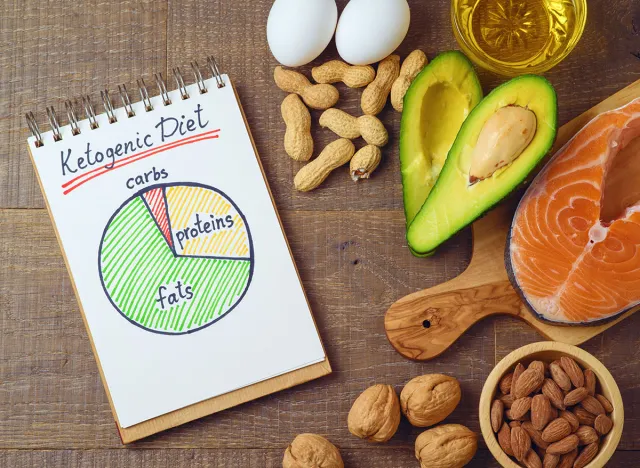
Eric Berg, DC, is a doctor and chiropractor who specializes in keto and intermittent fasting and recommends combining the low-carb ketogenic diet with intermittent fasting to lose weight fast. "This is a one-two punch. Just by doing intermittent fasting, you're gonna lower insulin. But if you add the low carb with it, you are gonna be very, very successful. Plus, going a low carb is gonna allow you to transition into fat burning a lot quicker versus just doing intermittent fasting by itself. And the way that you know you're in fat burning is you have no more appetite," he claims. Intermittent fasting works by "prolonging the period when your body has burned through the calories consumed during your last meal and begins burning fat," explains Johns Hopkins Medicine.
RELATED: 15 Quick Ways to Lose Body Fat Percentage in a Week
Walk More
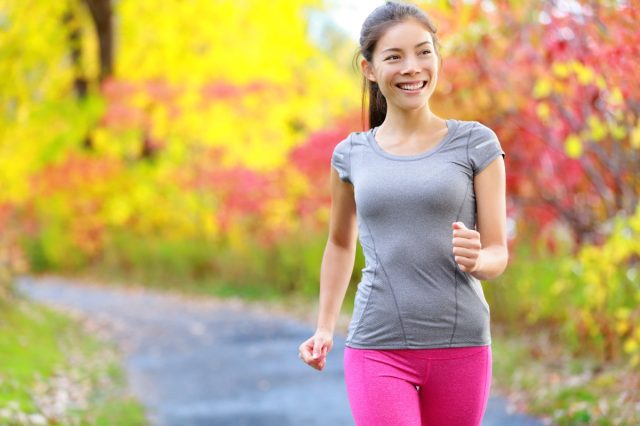
A number of fitness experts and influencers maintain that walking is the best workout for weight loss. How many steps should you aim for? Research in the journal Obesity found a link between walking 10,000 steps a day and weight loss and weight management.
Try the 12-3-30 Treadmill Workout
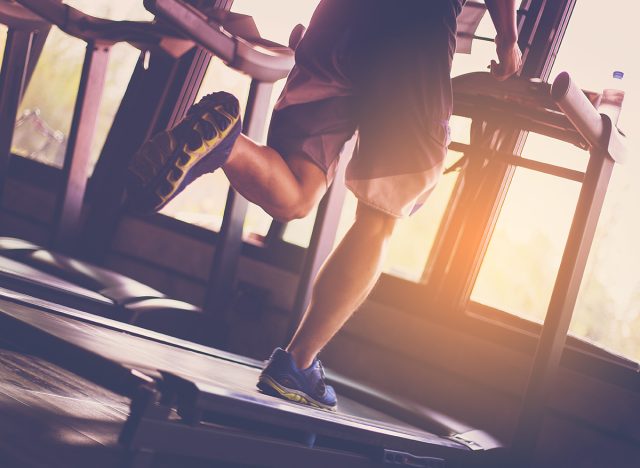
Lauren Giraldo created the 12-3-30 treadmill workout, which involves setting the treadmill to a 12% incline and walking at 3 miles per hour for 30 minutes, claiming it was the secret to her 30-pound weight loss. In the years since, lots of people have jumped on the bandwagon. Walking on an incline burns more calories than walking fast or even running on a flat surface, which is why many experts suggest upping your incline. A 2013 study even found that walking on a 2 to 7 percent incline increased heart rate by almost 10 percent when compared with running on a flat surface.
Grab a Protein Bar Instead of a Candy Bar
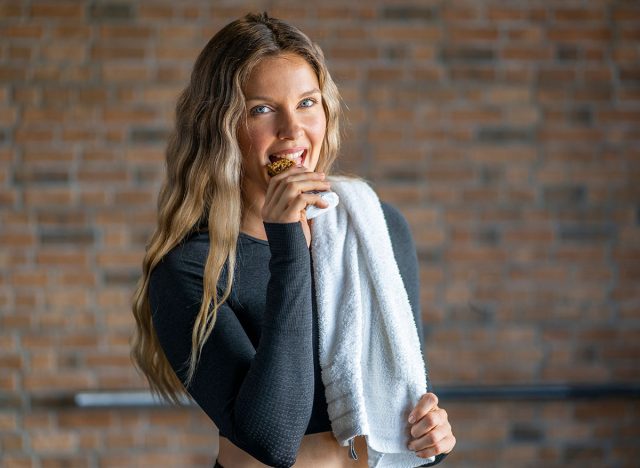
If you are craving a sweet treat, opt for a healthier protein bar over a candy bar. "Real food sources like meat, eggs, greek yogurt, cheese, legumes, etc. are good choices, but some protein bars and shakes can definitely fit as a replacement for sugary candy bars or high-calorie coffee drinks," says Body Network's Resident RDN, The Diet Diva Tara Collingwood.
Reduce Stress Levels

Don't stress if you want to lose weight. Kozma recommends meditation, mindfulness, or yoga to clear the mind. "Chronic stress creates cortisol which can contribute to weight gain and other negative side effects. Steady state cardio can help with this, or any activity you truly enjoy that keeps you present."
Make Simple Swaps
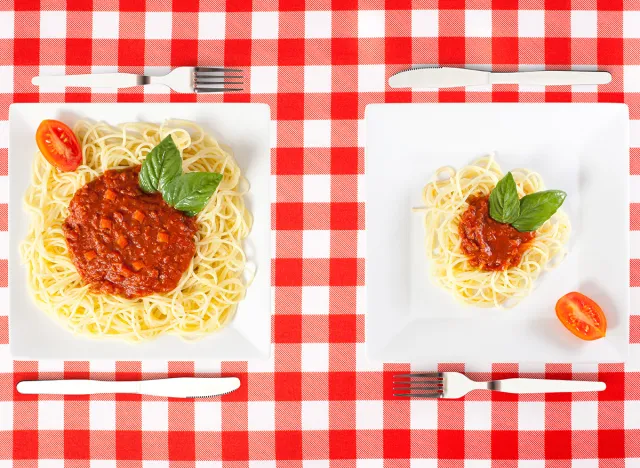
Making simple swaps can be a big game changer. "Instead of having a huge, huge plate of rice and a little bit of protein, cut that rice in half. Add a bunch of veggies to your plate and increase the protein a little bit and you'll be feeling that meal a lot more satisfied and with probably the same or less amount of calories," says Vicky Justiz is a fitness trainer and influencer with millions of followers across social media platforms, in a YouTube video.
Eat Nutrient Dense Foods Instead of Calorie Dense Foods
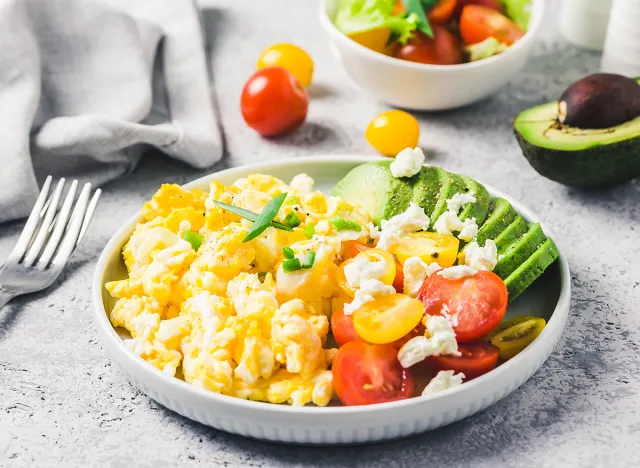
According to Justiz, consider swapping out calorie dense foods with more nutrients. "Nutrient dense foods are any kind of foods that have a lot of nutrients per calorie," she explains, offering the examples of veggies, whole grains, eggs, lean meats, "just like anything that has a lot of nutrients." Because they've got a lot of nutrients "they can help keep you full without being too, too calorie dense."




